Banks face tough balancing act
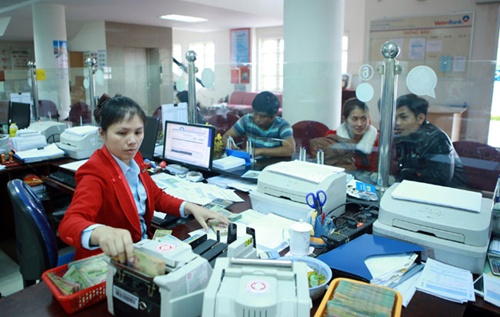 |
| Banking transactions conducted at a branch of Vietinbank in Lam Dong Province. Commercial banks may face difficulties in balancing their lending and deposit sources due to robust credit growth. VNA/VNS Photo Hoang Hung |
Statistics from the State Bank of Viet Nam showed that credit as of August 20 rose 9.31 per cent against December last year, doubling the 4.07 per cent rising rate in the same period last year.
In the period, credit to priority sectors rose sharply, of which lending to high-tech application sectors was up 29.12 per cent, agriculture and rural development up 9 per cent, the export sector up 4.99 per cent, supporting industry sectors up 3.2 per cent, and small- and medium-sized enterprises rose 4.07 per cent.
Further, deposits in the period rose nearly 7.26 per cent against December last year, lower than the 7.92 per cent increase during the same period last year.
Experts forecast that with the current rising pace, credit this year would surpass 17 per cent, explaining that lending often rose due to higher rates in the last months of the year.
Also, because of unbalanced credit and deposit sources, experts from the Viet Capital Securities Company (VCSC) forecast that banks would face challenges in luring deposits.
Additionally, VCSC's experts suggested that the central bank should closely watch the market to prevent an interest rate rise due to the dong devaluation this year.
After the central bank's decision to devalue the dong by 1 per cent and increase the trading band to 3 per cent last month, industry insiders were concerned about an interest rate increase in the last months of the year, as demands on maintaining the dong would fall.
However, the central bank, late last month, affirmed that it would not change the dong interest rate this year.
According to the latest report from the central bank, in the week ending August 21 the dong mobilising rates continued to be stable, with 0.8-1 per cent per year applied for demand and below 1 month terms; 4.5-5.4 per cent for 1 to below 6 month terms; 5.4-6.5 per cent for 6 month to below 12 month terms; and 6.4-7.2 per cent for 12 month plus terms.
The average lending rates also remained steady, with 6-7 per cent and 9-10 per cent year applied for short-term, and medium-and-long-term loans for priority fields, respectively.
The rates were commonly 6.8-9 per cent for short-term and 9.3-11 per cent for medium and long-term ordinary loans.
What the stars mean:
★ Poor ★ ★ Promising ★★★ Good ★★★★ Very good ★★★★★ Exceptional
Latest News
More News
- Considerations to be made in light of US vote outcome (November 25, 2024 | 14:00)
- HDBank in triple victory at listed company awards (November 25, 2024 | 11:38)
- Malaysia's Solarvest and Finhero launch first solar financing fintech solution in Vietnam (November 22, 2024 | 19:50)
- SHB honoured at VLCAs for fourth time (November 22, 2024 | 19:08)
- Central Bank of Cuba chief visits Hanoi to work with VBSP (November 22, 2024 | 15:49)
- Credit sees steady growth towards year-end (November 21, 2024 | 17:46)
- HDBank wins three titles at Vietnam Listed Company Awards (November 21, 2024 | 10:01)
- VLCA’s corporate governance mission (November 21, 2024 | 10:00)
- The promotion of ESG via banking (November 21, 2024 | 09:32)
- Standard Chartered committed to Vietnam’s financial success (November 21, 2024 | 09:24)




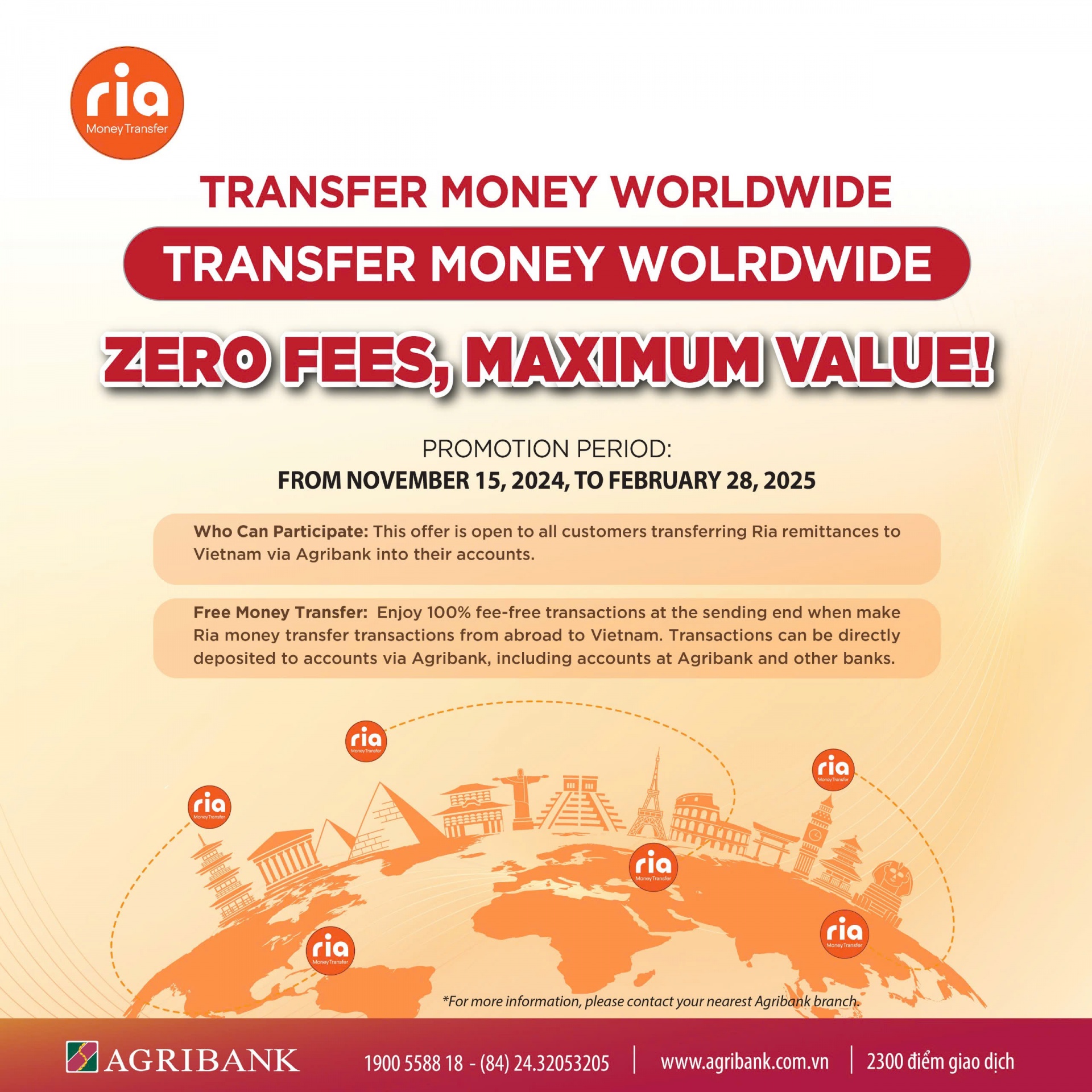
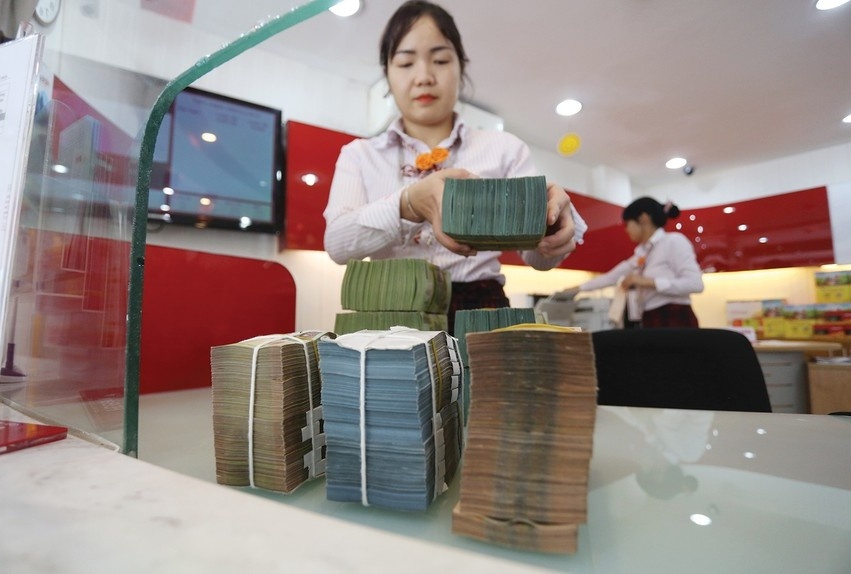

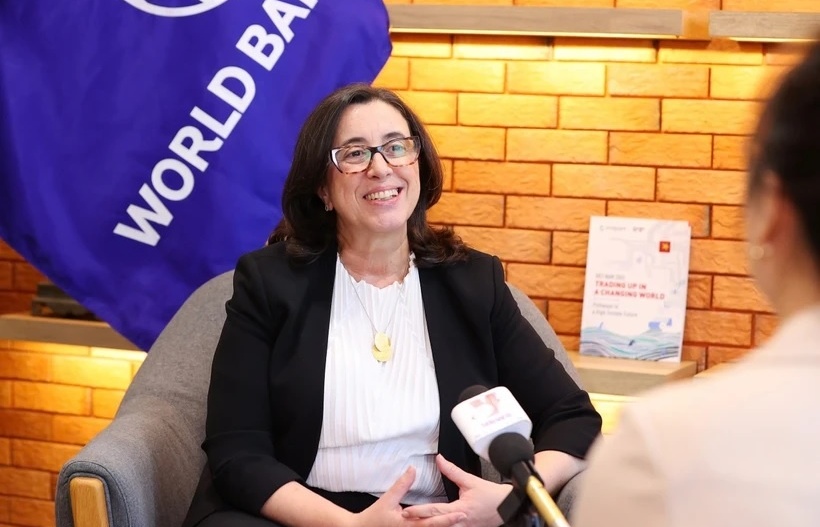

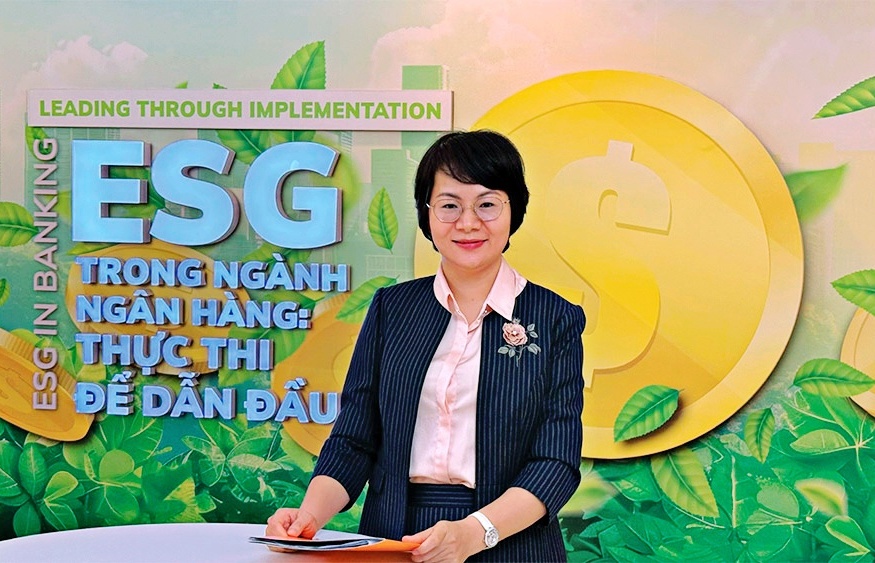





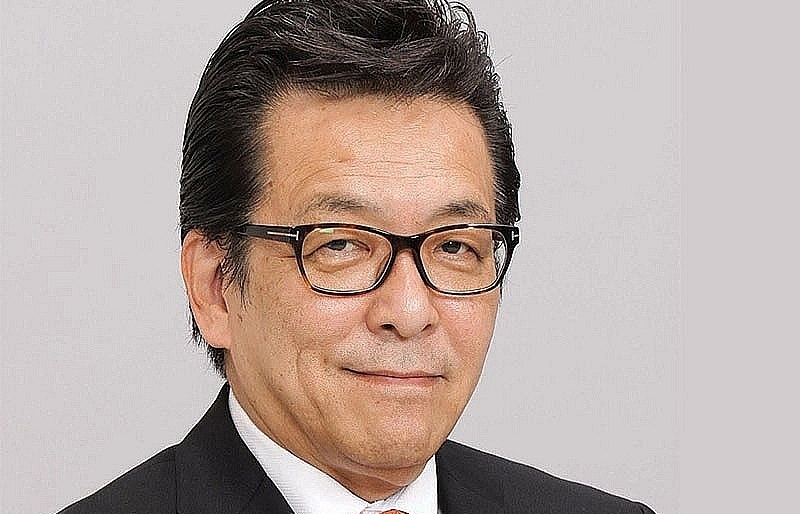



 Mobile Version
Mobile Version